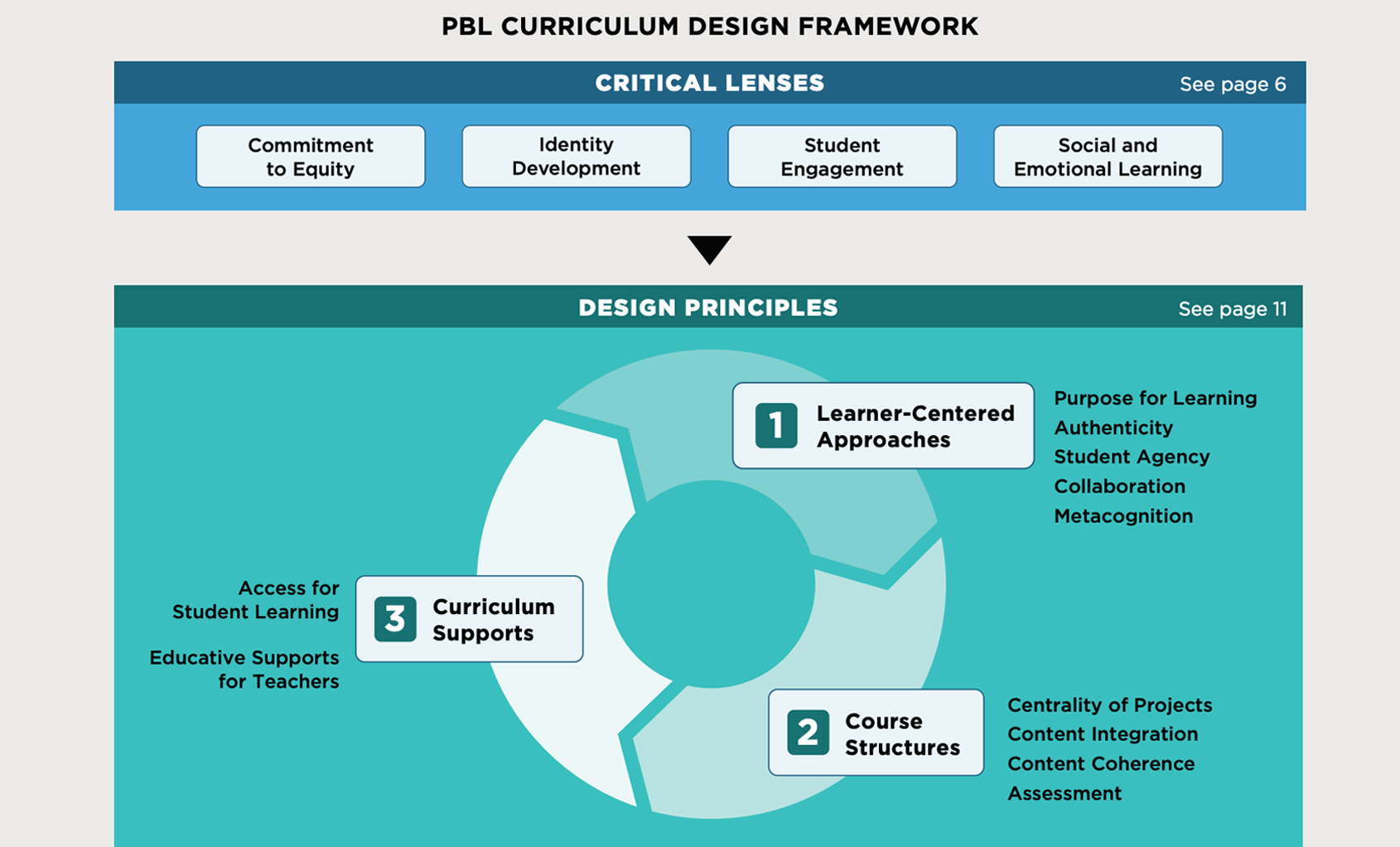Teacher’s View: Project-Based Learning Can Help Educators and Students Succeed
How principals and teachers can expand and adapt high-quality project-based curricula to meet their needs, and those of their students

Get stories like this delivered straight to your inbox. Sign up for The 74 Newsletter
In my Advanced Placement U.S. government and politics classroom, students take on the role of attorneys and argue a Supreme Court case in front of student justices and an actual judge from the Iowa Circuit Court of Appeals. They also work together to run mock political campaigns, while their peers report on the election as journalists. And they design political action plans for an interest group focused on immigration policy. In 15 years of teaching this way — with project-based learning at the heart of my instruction — I’ve seen how each of these experiences increases student engagement and achievement.
I use project-based learning as my primary instructional approach because it makes the classroom experience more relevant, more authentic, more effective and frankly, more fun. I’ve known this from my own observations and student feedback. And research now confirms it. Lucas Education Research, a division of the George Lucas Education Foundation, and university researchers across the country released four rigorous studies last year showing project-based learning improves student achievement across a variety of core subjects in elementary, middle and high school — including the AP course I teach — as well as academic gains and improvements related to social and emotional learning for all groups of students. This includes those from historically marginalized groups.
My students at Roosevelt High School in Des Moines, Iowa, have diverse backgrounds and experiences. Some come into my course with a great deal of knowledge about how government works, while others may not have that background and may even come from refugee families. With a project-based learning approach embedded in their AP coursework, all of my students have an opportunity to think, learn and grow at high levels.
I came to understand the power of this approach in 2008, when I was teaching social studies in Bellevue, Washington, and was invited to help design the project-based learning curriculum for the class. As both a designer and implementer, I have seen and used the curriculum’s many iterations. I now teach other teachers how to use and adapt it so it works well for their classrooms and is meaningful to their students, always emphasizing that they are curriculum designers as well.
So why haven’t schools and districts expanded project-based learning?
I think one of the big challenges is that teachers need more curriculum resources to deliver this inquiry-based approach to instruction. It’s not easy for educators to come up with course designs on their own, and while many teachers try to weave forms of project-based learning into their instruction, that’s hard to do. Most would benefit from a strong, cohesive curriculum that guides their practice and allows embedded projects to drive learning in the classroom. A high-quality curriculum should be aligned to content standards and empower students to learn about a subject deeply and to apply what they know toward solving real-world problems that are relevant to them.
To spur development of curriculum that is engaging for students, Lucas Education Research recently released a framework for helping curriculum developers, whether they’re traditional textbook publishers or district-led teams. As someone who had a hand in the design of a project-based curriculum, I think the recommendations are sound.
In particular, it’s important to use core design principles that value student voice and encourage collaboration and reflection. Teachers, students and families should be involved in the curriculum design process. A curriculum that is created without this input is less likely to resonate with students and lead to learning gains.
Research also shows that the more a teacher can adapt a curriculum to local needs, the more students engage and learn. A strong curriculum offers that kind of flexibility. For district leaders working with existing materials, it’s helpful to provide guidance around productive adaptations.
High-quality professional development opportunities are always important. With project-based learning, as with most approaches, these should be led by expert facilitators who know the content being taught and practices that must be developed. The experiences should be collaborative and ongoing.
Students have faced tremendous disruptions to their schooling because of the pandemic.
The effects will be long lasting, and historically marginalized kids will continue to be the most severely impacted. Expanding high-quality project-based learning is one important tool that school leaders and educators can use to improve teaching and learning and boost engagement. Now is the time for those who create instructional resources used in classrooms to meet this vital need.
Get stories like these delivered straight to your inbox. Sign up for The 74 Newsletter

;)
